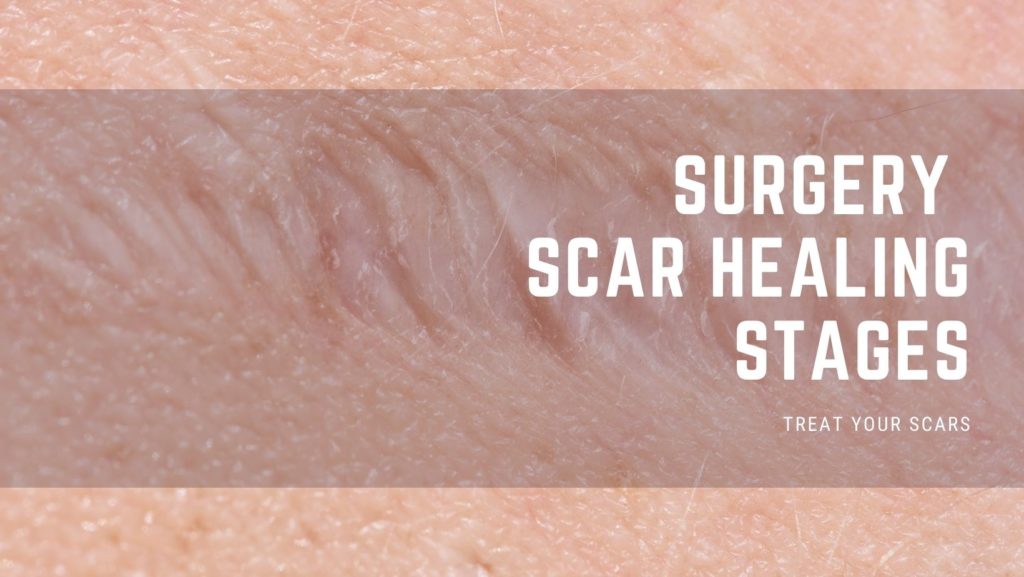Have you ever looked at a scar and wondered why it changes color over time? It’s a fascinating process, isn’t it? Scars might seem like mere remnants of injury, but they carry with them a rich story of healing and resilience. In this article, we will delve into the color stages of a scar, exploring the journey from injury to healing. This journey is marked by distinct color changes, each representing significant phases in the body’s reparative mechanisms. Are you ready to embark on this colorful exploration of healing?
When we sustain an injury, the body’s immediate response is to safeguard the damaged area. This response is crucial as it prevents further invasion from pathogens and prepares the groundwork for healing. In the initial phase, known as hemostasis, the body works diligently to stop the bleeding. This phase is soon followed by inflammation, during which a cascade of biochemical events occurs. It’s during this inflammatory phase that the first visible changes begin to take shape.
Initially, you may notice that the injured area appears red and swollen. This redness is primarily caused by increased blood flow, as your body sends a plethora of immune cells to the site of injury. This vivid hue signifies the activation of the inflammatory response, and though it might seem alarming, it’s actually a positive indicator of your body’s healing efforts.
As the healing process continues, the scar transitions into the fibroplastic phase. This is where things get particularly interesting. The site may begin to change from a vibrant red to a more muted shade of pink. Why is that? The blood vessels that flooded the area during inflammation start to constrict, allowing the tissues to stabilize and leading to the formation of collagen. This collagen serves as the scaffolding for new skin to reconstruct itself. During this stage, your body is quite literally knitting itself back together, marvelously delicate yet astonishingly resilient.
A little later in the healing timeline, scars often evolve to a purplish or darker hue. This change often perplexes many, as it might seem counterintuitive after progressing from bright red. However, the appearance of darker shades signifies a continuation of the healing process, where the collagen is regenerating and forming strong fibers. The presence of melanin can also heighten discoloration as the skin strives to regain its normal pigmentation. Have you ever noticed how some scars take on a life of their own, morphing unexpectedly? It’s almost as if they have a personality!
Eventually, as collagen maturation takes place and the healing progresses, a scar becomes lighter over time. This transition can lead to a range of colors— from light pink to a barely noticeable white. Some individuals might find that their scars become hyperpigmented, exhibiting a brownish tint due to increased melanin production. It’s striking how your body can react with such diversity. It poses a question: Why do some scars heal beautifully while others don’t? Each person’s genetic makeup, hydration levels, and even environmental factors contribute to this unique healing journey.
Now, let’s consider the longevity of scars. It’s essential to understand that, even though they may fade, scars can remain visible for a significant duration. The color stages can linger for months, and even years, and in some cases, a scar may never fully fade. This realization can be challenging, especially if the scar is in a conspicuous location. Emotional responses to scarring can range from mild annoyance to deep-seated distress, especially in societies that place high value on physical appearance. Have you ever felt self-conscious about a scar that hasn’t seemed to fade as quickly as you hoped?
For those navigating the journey of scar healing, it’s crucial to engage in adequate scar care. Keeping the scar moisturized can significantly enhance the overall healing quality and appearance. Products containing silicone, vitamin E, or other soothing agents can aid in maintaining hydration and reducing itchiness. Regular massage of the scar tissue may also prove beneficial, helping to break down excess collagen and facilitating proper skin alignment. Have you ever noticed how gentle touch can evoke healing? A little love can go a long way.
Do you also consider the psychological perspective of living with scars? The impact of scarring extends beyond the physical realm; it can be a deeply personal journey intertwined with emotions and memory. For many, a scar tells a story, a testament to resilience, survival, or perhaps a transformative life experience. Conversing about this aspect brings depth and a sense of empowerment, allowing individuals to redefine their relationship with their scars. How do you perceive your scars? Are they reminders of injury or symbols of survival?
In conclusion, the color stages of a scar reflect a complex but beautifully orchestrated healing process. Each phase, from the initial red inflammation to the more subtle hues of maturity, speaks volumes of the body’s innate ability to recover. While scars may be permanent markers of injury, embracing them can be an opportunity for personal growth and reflection. As we continue to learn about the science of scar healing, let’s remain curious and open-minded about our own experiences and the intertwined narratives that our scars represent.
